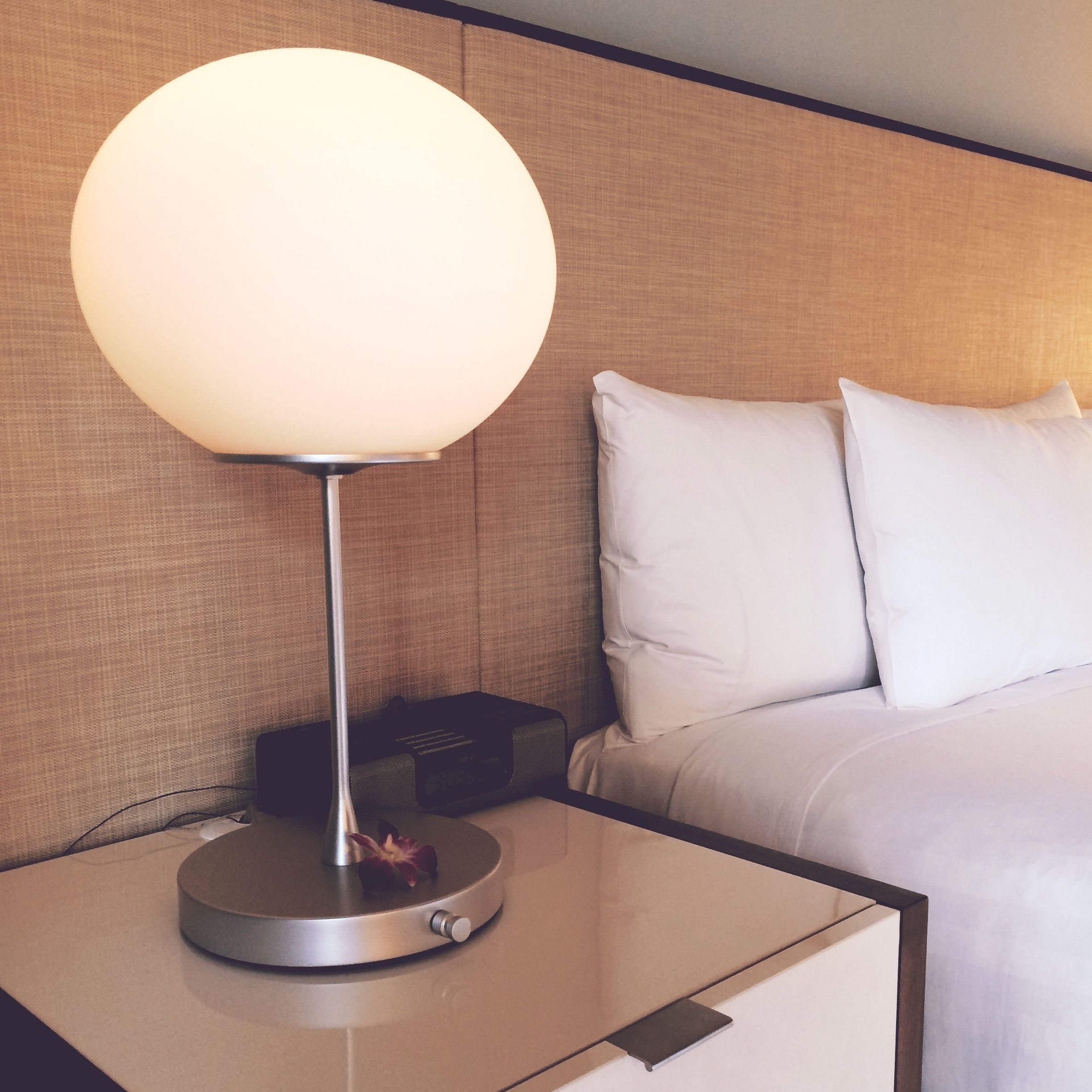Research Identifies Sleep Habit That's Linked to Diabetes Risk
A study published in Diabetologia discovered that individuals who are exposed to high light pollution while they sleep show a greater risk of developing type 2 diabetes.

According to a new study, individuals who are exposed to high light pollution while they sleep are not only disrupting their circadian rythym but also show a greater risk of developing type 2 diabetes. Investigators aimed to evaluate if chronic exposure to outdoor artificial light at night (LAN) is associated with glucose homeostasis markers and diabetes prevalence and found significant relationships.
Ruizhi Zheng, Department of Endocrine and Metabolic Diseases, Shanghai Institute of Endocrine and Metabolic Diseases, Ruijin Hospital, Shanghai Jiaotong University School of Medicine, and investigators, conducted a national cross-sectional survery of the general population in China.
Results revealed that adults who lived in areas of China with a high presence of artifical light during the night were approximately 28% more vulnerable to diabetes when compared with those with less light exposure. This led investigators to speculate that light pollution could be a contributing factor to the 9 million cases of diabetes in Chinese adults.
The Study
The China Noncommunicable Disease Surveillance Study included 98,658 participating adults over the age of 18 who had been residing in their current home for at least 6 months. This population served as a national representation.
The average age of the study population was 42.7 years and 49.2% was women. The American Diabetes Association (ADA) criteria was used for diabetes diagnosis, while the prevalence of outdoor light exposure was estimated according to 2010 satellite data.
Investigators employed Cox regression and adjustments for time variables, prevalence ratios, as well as age, sex, education, smoking status, drinking status, physical activity, family history of diabetes, household income, urban/rural areas, medication interferences, and BMI.
The Results
A positive association between outdoor light at night exposures, HbA1c, fasting and 2 h glucose concentrations, and HOMA-IR were demonstrated by the study data. Ourdoor light at night exposure levels showed a negative association with HOMA-B.
The per-quintile of light exposure and diabetes prevalence was significant and clinically meaningful, while the highest quintile of light exposure showed a significant and increased prevalence of diabetes when compared with the lowest quintile of exposure.
"There were significant associations between chronic exposure to higher intensity of outdoor LAN with increased risk of impaired glucose homoeostasis and diabetes prevalence. Our findings contribute to the growing evidence that LAN is detrimental to health and point to outdoor LAN as a potential novel risk factor for diabetes," investigators concluded.
The study "Outdoor light at night in relation to glucose homoeostasis and diabetes in Chinese adults: a national and cross-sectional study of 98,658 participants from 162 study sites" was published in Diabetologia.